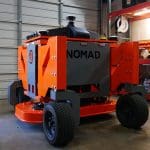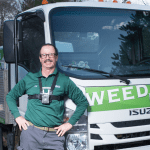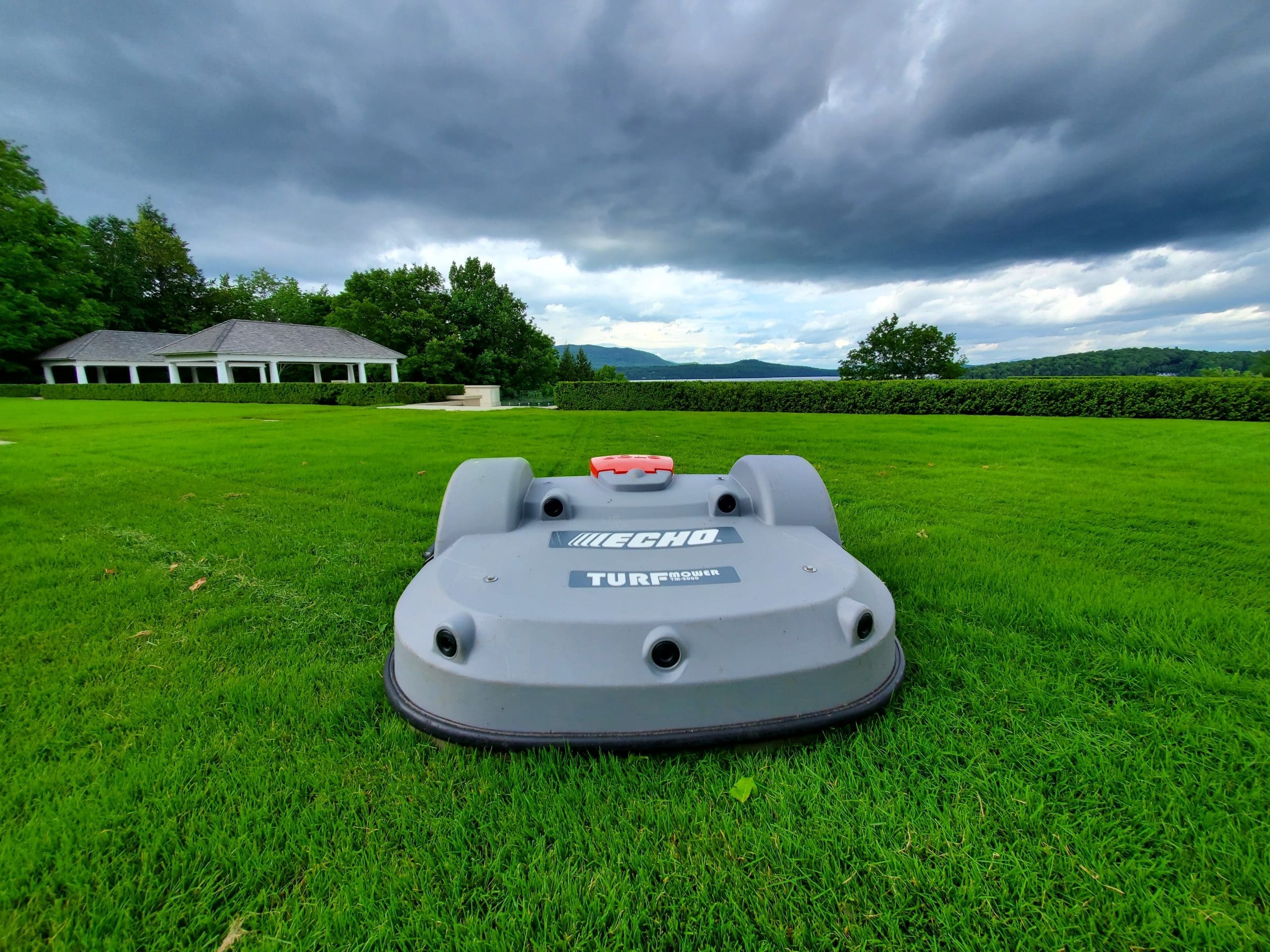
Safety is paramount in the landscape maintenance business and even when you take human operators out of the equation, you still have to consider how robotic mowers will perform around pedestrians and other obstacles.
Autonomy in Mowers Versus Cars
A primary concern that can keep lawn and landscape companies hesitant about implementing robotic mowers is the fact autonomy in cars has been cited as truly impossible.
While both auto and mower manufacturers are striving for autonomy, the setting for mowers is so drastically different from vehicles that this is a case of comparing apples to oranges.
“We are not choosing to operate our product in a highly sensitive and dangerous environment like a road; instead, we deploy our technology in larger open landscape areas,” says Benjamin Houssa, vice president of robotics for ECHO, Inc. “While there is a lot of similarities between the two technologies it is not a good comparison when it comes to use and area for deployment. Our environment is much more controlled than on an open road. We are the only autonomous machine and only need to take care of unknown obstacles.”
Houssa adds that their robots have a maximum speed of 2.2 mph and when they detect an obstacle, the mower slows to 0.2 mph, gently touches the object and goes around it.

Billy Otteman, director of marketing for Scythe, notes that if a self-driving car slams on the brakes, the car behind it could hit it. Meanwhile, an autonomous mower can come to a dead stop much faster than a car, and it doesn’t have to worry about getting rear-ended or someone changing lanes.
“The automobile industry does not have the same luxury as us of an environment that really does not change that much from week to week,” says Keith Vickery, president of Zupt, LLC, the parent company of Zapt. “The environment in which automobiles operate is dynamic and in a state of constant change.”
Vickery says that while there are cases where people are present in the mowing environment, in most cases, there are not large numbers of people walking directly in front of a mower.
When people ask Charles Brian Quinn, co-founder and CEO of Greenzie, what their mower does when mowing a playground and kids are running around, Quinn answers their question with another question “Have you ever mowed a lawn commercial?”
He says their clients’ commercial routes that do care for schools do it early in the morning or later in the day after school is out.
Safety Features
While off-road autonomy is less challenging than on-road autonomy for the auto industry, this does not mean robotic mower manufacturers take safety lightly. Otteman says safety is of utmost importance to them and is a critical point for performance but also adoption.
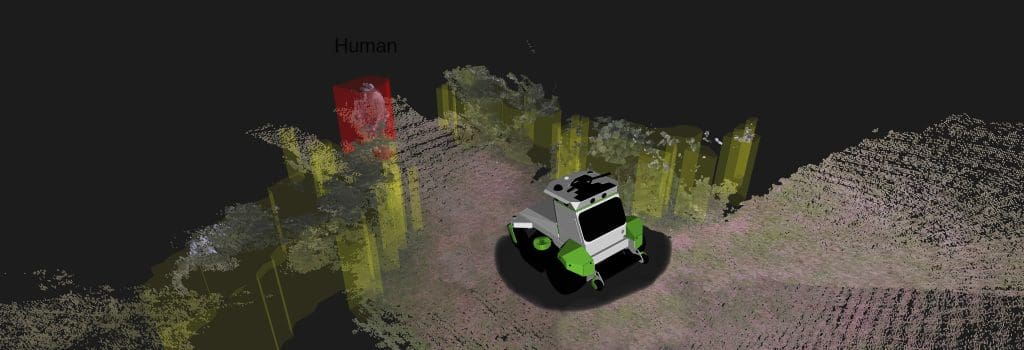
“We want customers to feel confident in the safety of the machines,” Otteman says. “So we have layers of safety built in. Active safety and passive safety are how we break it down.”
Active safety is using all the sensors on the Scythe mower to identify obstacles in the way. Redundant systems like ultrasonics are also in place to sense obstacles. Otteman says they also have bump sensors that are more passive safety and serve as a failsafe. If something hits the mower, it will turn off. Another passive safety feature is having a rear discharge deck. A crewman manually mowing with a side discharge is able to understand where that grass flow is going, but a robot does not.
Jason Connor, director of commercial robotics for Husqvarna, says each Husqvarna automower for home and commercial use has sensors that immediately turn off blades from spinning if the mower is lifted or turned over and a built-in GPS and alarm system for security.
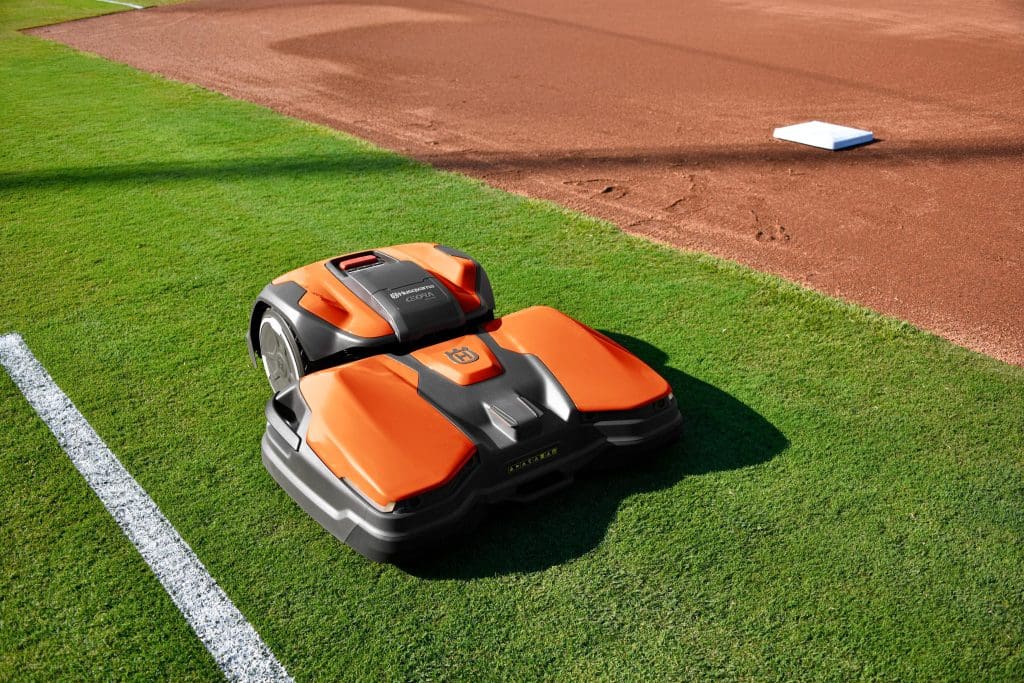
Connor also suggests commercial users place signs in the area to alert people of the use of a robotic mower in a public area.
Houssa says they have a two-part control system that utilizes GPS correction data in addition to an EM signal that emanates from a buried wire that ensures their product will not go somewhere it is not supposed to go. Their model also has three small flailing blades per cutting head that retract in case of shock with an object.
Greenzie uses LIDAR, stereo-depth ultrasonics, and many other technologies, including radar, to sense the space around the mower.
“LIDAR and radar both produce a depth cloud,” Quinn says. “They don’t care if it’s a garden gnome or a kid or a tree. Anything above the ground plane they treat as an obstacle.”
Quinn says they also work with the OEMs to make sure their autonomous mowers are able to stop safely if they have to and can safely navigate around objects.
“We err on the side of safety,” Quinn says. “If you look at our mower, we could probably go closer to obstacles, but we choose not to and that’s okay because our customers say, ‘Hey, we still get a lot of productivity gains even if you’re going way around obstacles.’”
Zapt’s mower Nomad also has an abundance of sensors and systems to ensure safe, autonomous operations.

“The sensors allow Nomad to see people, animals, cars, bikes, etc., to make decisions,” Vickery says. “These decisions are based on security protocols or clients’ HSE (Health, Safety, and Environmental) compliance requirements. A stated protocol is that if anyone (human or animal) comes within 5m (15ft) of Nomad when operating, it immediately shuts down the mowing deck, alerts all monitoring users, and stops all movement. If this person or animal continues to 3m (10ft) of the mower, the entire unit, including the engine, shuts down and a second alert is sent to all users.”
Nomad’s LIDAR system can see at least 328 feet and the stereo camera systems automatically detect adults at 60 feet and children at 45 feet.
“Both ‘perception’ systems know the relative speed and distance away from the mower a detected object is to quickly determine if this object is static (tree, park, bench) or dynamic (dog, cyclist) to make decisions quickly and safely,” Vickery says.


